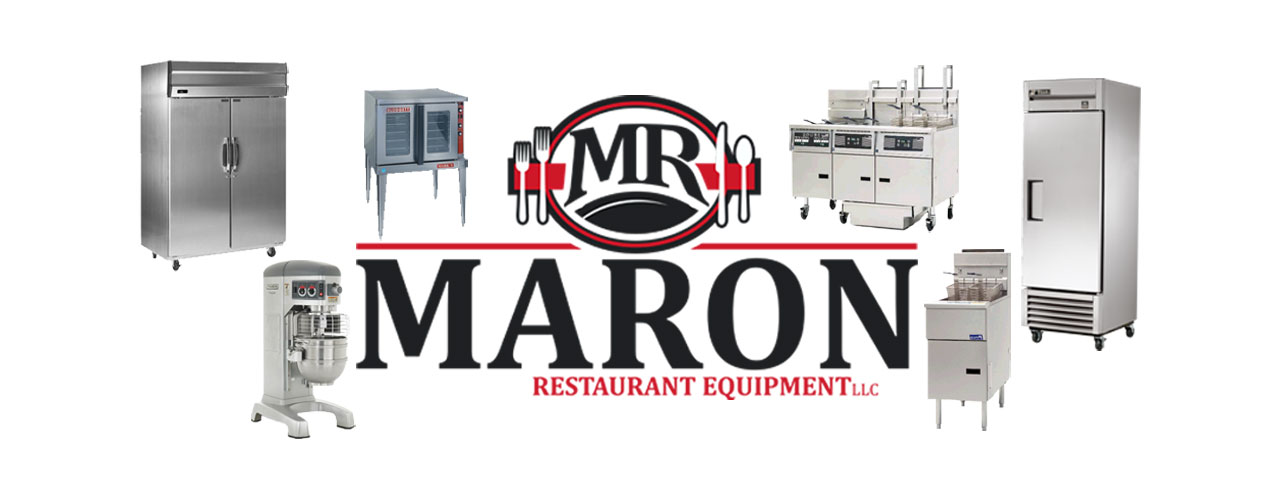Frequently Asked Questions
A convection oven is an oven with a fan that circulates heat/air throughout the oven so that food on all levels/racks cooks more uniformly. Convection ovens can include radiant heat sources at the top & bottom of the oven to improve heat transfer and speed cooking. Conventional ovens (which do not have fans) rely on radiant heat from the oven walls. A convection oven allows food to cook more evenly in less time and at a lower temperature (cost savings to the user) than a conventional oven.
This depends on the type of equipment that will be under the hood. Any cooking item that has grease or produces heat or steam will require a hood. Consult your local codes for the type of hood your establishment will need. Hoods built to NFPA 96 Standards, ETL Listed and comply with UL-710 standards are almost assured of passing codes in any city or county in the United States. Additionally, it is always wise to consult local codes for hood length, makeup air and fire suppression requirements.
It is always best to consult with building code and health department officials within your jurisdiction. Sinks are a major component for all restaurants. A three compartment sink will be required for cleaning pots, pans and utensils. A one or two compartment sink will be needed for cleaning meats and produce. A minimum of two hand sinks and a mop sink are generally required. Grease traps or interceptors catch kitchen greases and solids before they enter the municipal waste water system. Grease traps may be interior; sitting adjacent to the sink(s) with a normal capacity of about 50 lbs or exterior. Regulations in many states are often determined by the square footage of the building, number of seats in the restaurant, expected guest levels and drainage flow.
Pressure. With a conventional gas or electric fryer, cooking temperature is selected and any steam resulting from cooking food escapes into the air. With a pressure fryer, the fryer is usually only filled about halfway with oil. A pressure fryer is enclosed and the steam build-up from frying food builds up the fryer pressure. A pressure fryer features a pressure regulator, vent tube, safety vent and clamp to hold the lid on. The end result is a food product (in theory) containing less oil and more health benefits.
Appliance conversion requires the replacement of gas orifices and/or appliance regulators. These connections and fittings are designed to work with a particular gas which has a specific pressure. Natural gas has a much lower pressure than propane and converting the appliance requires compensation for the differing pressures. For safety’s sake, consult a licensed gas/appliance technician.

